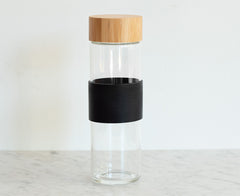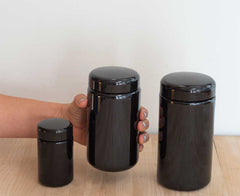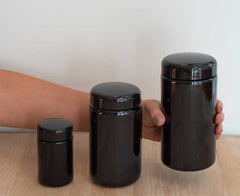Bioaccessibility of green tea polyphenols incorporated into an edible agar film during simulated human digestion
Author: A.M. López de Lacey and B. Giménez and E. Pérez-Santín and R. Faulks and G. Mandalari and M.E. López-Caballero and P. Montero
Simple edible films can be manufactured to meet not only their primary protective purpose but can be easily manipulated to meet sensory expectations and to contain compounds which enhance the protective properties or even have the potential to deliver health benefits. However, the use of such edible films not only to protect the food but as a vehicle to deliver health benefits has not been investigated. In this paper we study agar films containing an aqueous extract of green tea, rich in polyphenol compounds, and the bioaccessibility of these compounds during simulated digestion in the upper gastro-intestinal tract using a dynamic gastric model (DGM) and a static duodenal model. It is concluded that the recovery of the tea compounds added to the agar film mainly occurs in the stomach (50–80%) and that little or no additional recovery is observed in the duodenum. Furthermore, the green tea compounds recovered show both reducing power and radical scavenging ability, but not antimicrobial activity. The bioaccessibility of the green tea flavonols is reduced in the presence of gelatin used to simulate the presence of protein in the stomach, but it is not clear if this is due to reduced release or sequestration of released compounds by the gelatin.



